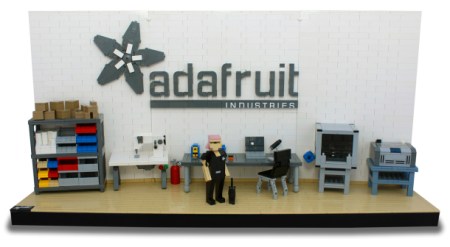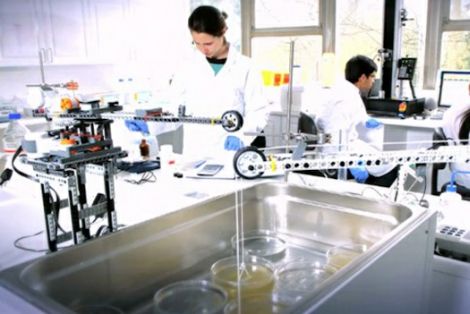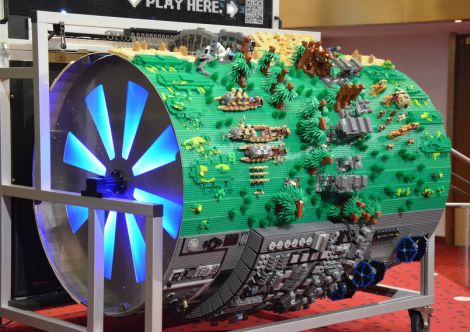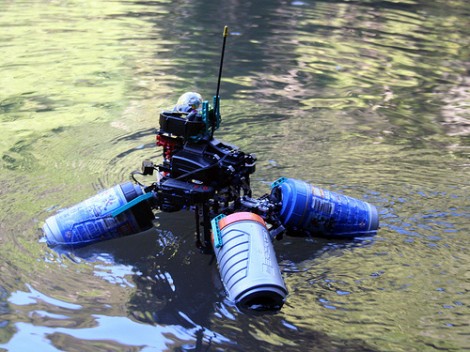2012 is the 100-year anniversary of [Alan Turing]’s birth, and to celebrate the centennial, [Jeroen] and [Davy] over at Centrum Wiskunde & Informatica in The Netherlands built a Turing machine out of LEGO.
A Turing machine is an extremely simple device, but is still able to compute everything your desktop can. The machine is generally described as an infinite paper tape with a read/write head. On this paper tape, the numbers ‘1’ and ‘0’ are written. By precisely defining what the Turing machine should do when it comes across a ‘1’ or ‘0’, its able to do the same calculations as a laptop, albeit at a much slower rate.
The LEGO Turing machine has a series of pins signifying each bit. These pins are moved underneath a read/write head containing a light sensor and robotic arm. When a pin is down, the camera sees a dark spot signifying one state. When the pin is up, light reflects off a white LEGO piece signifying another state.
[Jeroen] and [Davy] built an IDE for their Turing machine, so if you’ve got a few LEGO NTX bricks lying around you can grab the Git and build your own. Check out the mini documentary after the break.
Continue reading “A LEGO Turing Machine For [Alan]’s Centennial”

















